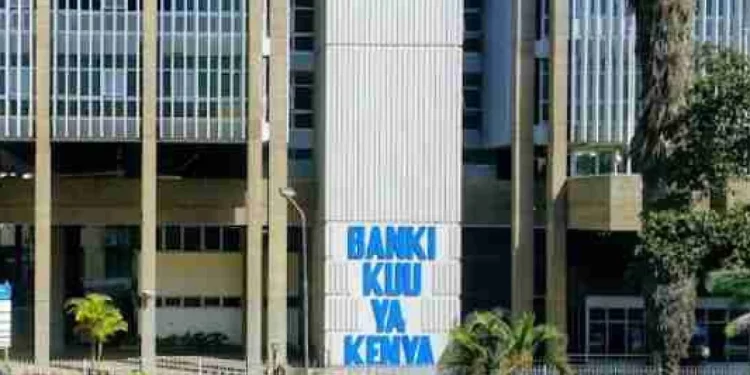The Central Bank of Kenya (CBK) has taken a significant step towards greening the banking sector with the introduction of the Kenya Green Finance Taxonomy and the Climate Risk Disclosure Framework. The initiative, launched on April 4, 2025, aims to help financial institutions evaluate and disclose climate-related risks, supporting Kenya’s transition to a low-carbon economy.
This move follows CBK’s earlier Guidance on Climate-Related Risk Management, issued in October 2021, as part of its broader effort to mitigate the financial risks posed by climate change. The latest framework is a result of the Greening Financial Systems Technical Assistance Programme, a partnership between the CBK and the European Investment Bank (EIB) that began in October 2023.
According to CBK, the Kenya Green Finance Taxonomy (KGFT) will guide banks in assessing how their economic activities align with climate objectives. “Institutions are expected to apply the taxonomy in assessing the degree to which their business activities are aligned under the taxonomy’s guiding principles,” the CBK stated.
The framework largely draws from Kenya’s Nationally Determined Contributions (NDCs) under the United Nations Framework Convention for Climate Change (UNFCCC). Initially focusing on climate change mitigation and adaptation, it will be periodically updated to include biodiversity and other environmental objectives.
For investors, the Climate Risk Disclosure Framework provides crucial information to evaluate financial risks associated with climate change and identify banks well-positioned for sustainable investments. “The general public and other stakeholders will benefit from increased transparency, fostering accountability within the financial sector,” the CBK noted.
Aligned with global best practices, including the International Financial Reporting Standards (IFRS) S2 and Basel Committee on Banking Supervision (BCBS) principles, this initiative reinforces Kenya’s commitment to sustainable finance.


















